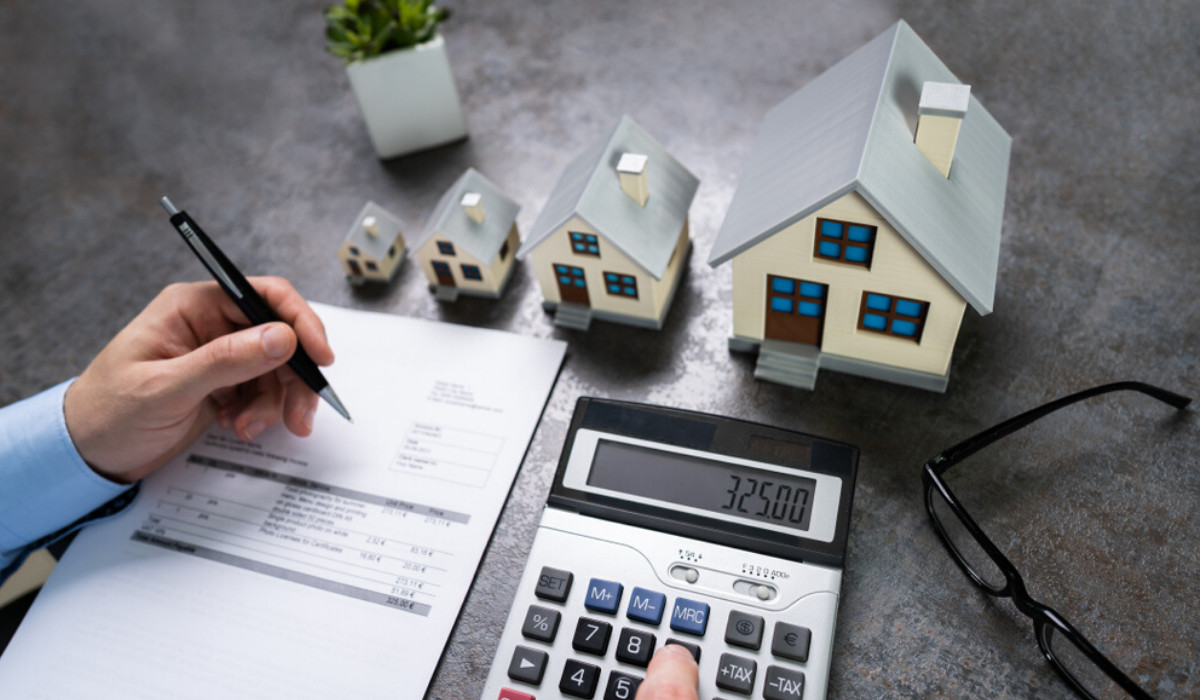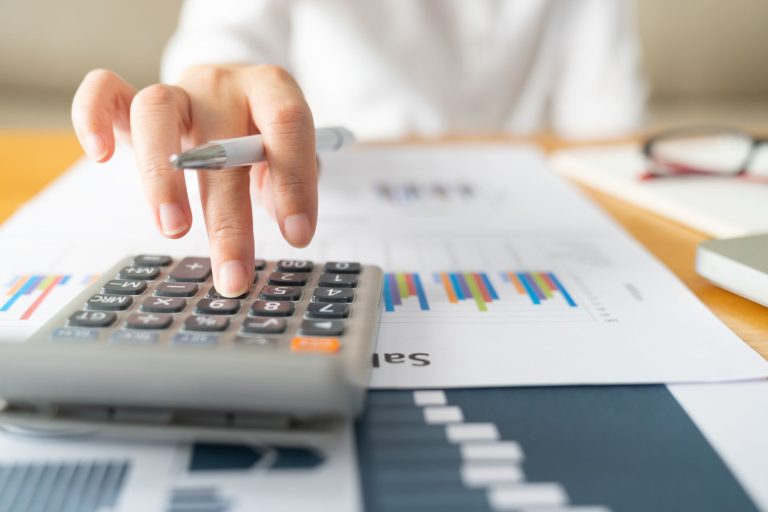How to Calculate Property Value: A Comprehensive Guide
Determining the value of a property is essential for various reasons, whether you’re buying, selling, or investing. Understanding how to calculate property value can help you make informed decisions and ensure you get the best deal. This guide will walk you through the key methods and considerations for accurately assessing property value.
Understanding Property Value
1.1 Definition of Property Value
Property value refers to the monetary worth of a real estate asset. It is influenced by various factors including location, condition, and market trends. Accurate valuation is crucial for setting a fair price, obtaining financing, and making investment decisions.
1.2 Importance of Accurate Property Valuation
Accurate property valuation helps in:
- Setting a Competitive Price: Ensures that the property is priced appropriately in the market.
- Securing Financing: Lenders use property value to determine loan amounts.
- Investment Decisions: Helps investors assess the potential return on investment (ROI).
Methods to Calculate Property Value
2.1 Comparative Market Analysis (CMA)
2.1.1 What is CMA?
Comparative Market Analysis involves evaluating recently sold properties with similar characteristics to the property in question. It provides a benchmark for setting a realistic market price.
2.1.2 Steps to Perform CMA
- Identify Comparable Properties: Find properties similar in size, location, and features that have recently sold.
- Adjust for Differences: Make adjustments based on differences in features, condition, and location.
- Analyze Sale Prices: Compare the adjusted sale prices of the comparable properties to estimate your property’s value.
2.2 Income Approach
2.2.1 What is the Income Approach?
The Income Approach is primarily used for investment properties and assesses value based on the income the property generates. This method is particularly useful for commercial real estate.
2.2.2 Steps to Use the Income Approach
- Calculate Net Operating Income (NOI): Determine the property’s gross income and subtract operating expenses.
- Determine the Capitalization Rate (Cap Rate): Use industry standards or market data to find the appropriate cap rate for similar properties.
- Apply the Formula: Value = NOI / Cap Rate.
2.3 Cost Approach
2.3.1 What is the Cost Approach?
The Cost Approach calculates property value based on the cost to replace or reproduce the property minus depreciation. It’s useful for valuing new properties or those with unique characteristics.
2.3.2 Steps to Use the Cost Approach
- Estimate Replacement Cost: Determine the current cost to build a similar property.
- Subtract Depreciation: Assess the depreciation of the property due to age, wear and tear, or obsolescence.
- Add Land Value: Include the value of the land on which the property is located.
2.4 Appraisal by a Professional
2.4.1 What is a Professional Appraisal?
A professional appraisal is conducted by a certified appraiser who uses various methods to assess the property’s value. This provides a comprehensive and objective valuation.
2.4.2 Benefits of Professional Appraisal
- Accuracy: Offers a precise and unbiased property value.
- Comprehensive Analysis: Includes detailed inspection and market analysis.
- Credibility: Widely accepted by lenders and legal entities.
Key Factors Affecting Property Value
3.1 Location
The location of a property is a major factor in determining its value. Factors such as proximity to amenities, quality of local schools, and neighborhood desirability play a crucial role.
3.2 Property Condition
The overall condition of the property, including its age, maintenance, and any recent renovations, affects its value. Well-maintained properties generally command higher prices.
3.3 Market Trends
Real estate market trends, such as supply and demand, interest rates, and economic conditions, can impact property values. Staying informed about these trends can help in making accurate valuations.
3.4 Size and Features
The size of the property, including the number of bedrooms, bathrooms, and additional features like a swimming pool or garage, influences its value. Larger properties and those with desirable features typically have higher values.
Tools and Resources for Property Valuation
4.1 Online Valuation Tools
Various online tools and calculators can provide a preliminary estimate of property value. These tools use algorithms and market data to generate value estimates.
4.2 Real Estate Agents
Experienced real estate agents can provide valuable insights and conduct CMA to help estimate property value. They have access to market data and trends that can influence valuation.
4.3 Real Estate Market Reports
Market reports from real estate agencies and industry publications offer detailed insights into current market conditions and trends that affect property values.
Conclusion
How to calculate property value involves a combination of methods and considerations to ensure an accurate and fair valuation. Whether using CMA, the Income Approach, the Cost Approach, or seeking professional appraisal, understanding these methods helps in making informed decisions. By considering key factors such as location, condition, and market trends, you can better assess property value and make strategic real estate decisions.






